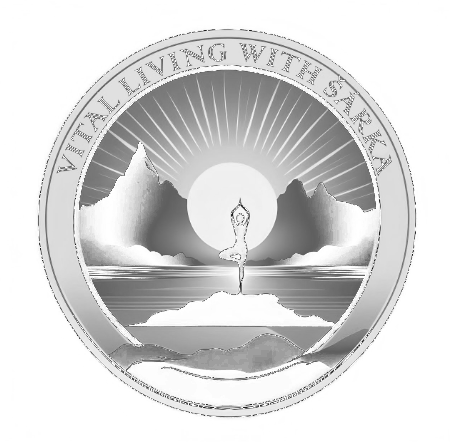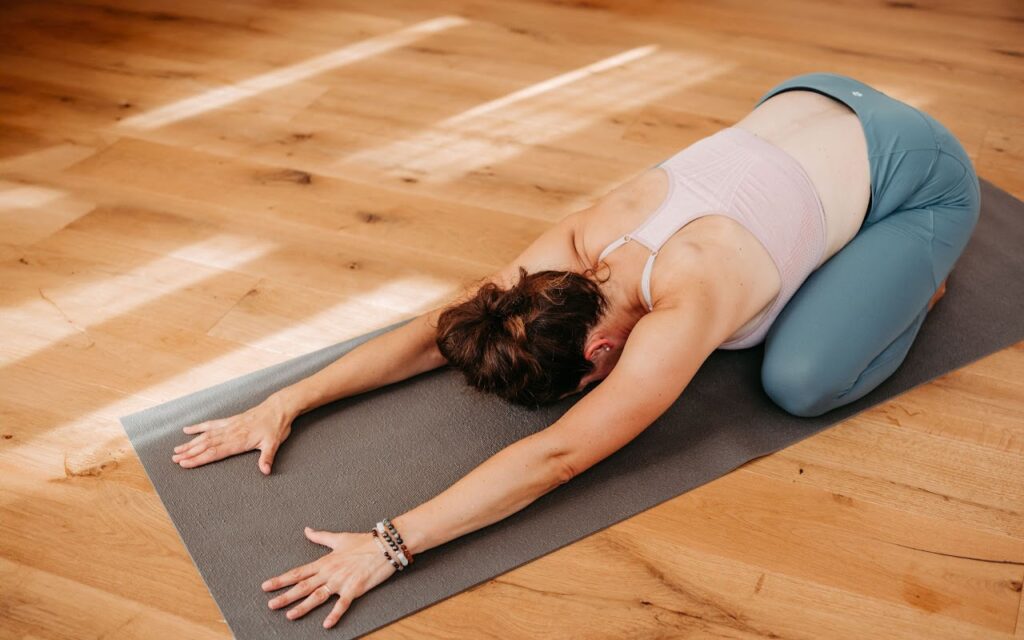Are you thinking about visiting your first yoga class but have doubts if it’s the right practice for you? The answer is simple: YES! Yoga is an ancient discipline that carries significant cultural, physical, and mental benefits. Whether you are looking to improve flexibility, strength, mindfulness, or emotional stability, yoga offers something for everyone.
Despite popular misconceptions, yoga isn’t just about bending and stretching. It is a holistic approach to health, deeply rooted in Indian tradition and practiced for thousands of years. Today, yoga is recognized worldwide for its benefits in physical fitness, mental clarity, and spiritual growth. In this guide, we’ll explore how yoga can fit into your life, whether you’re a beginner, advanced practitioner, or someone who believes they aren’t flexible enough to start.
Understanding Yoga’s Origins and Evolution
Yoga originated in ancient India, where it was more than just physical exercise. It was part of a broader spiritual and philosophical practice, aimed at achieving self-awareness and enlightenment. Over time, different schools of yoga developed, emphasizing various aspects such as meditation, breathing techniques (pranayama), and physical postures (asanas).
Today, yoga has evolved and adapted to fit modern lifestyles while preserving its traditional values. People worldwide practice yoga for fitness, stress relief, and overall well-being. Whether in a traditional Ashram in India or a high-end yoga studio in New York, the core principles remain the same.
The Multifaceted Benefits of Yoga
Yoga is more than just physical postures—it offers numerous benefits across mental, physical, and emotional dimensions. Here’s how yoga can positively impact your life:
1. Physical Health Benefits
- Enhances Flexibility: Yoga stretches and lengthens muscles, improving mobility and reducing stiffness.
- Builds Strength: Holding poses like Plank, Warrior II, and Downward Dog tones muscles and enhances core stability.
- Supports Joint Health: Gentle yoga movements lubricate the joints and can help relieve pain from conditions like arthritis.
- Boosts Immunity: A balanced yoga practice stimulates the lymphatic system, helping to flush out toxins.
- Encourages Better Posture: Strengthens the spine, reducing back and neck pain associated with long hours of sitting.
2. Mental and Emotional Well-being
- Reduces Stress and Anxiety: Yoga activates the parasympathetic nervous system, promoting relaxation and lowering stress hormones.
- Improves Focus and Concentration: Mindful breathing and meditation enhance cognitive function and mental clarity.
- Boosts Mood and Emotional Balance: Yoga helps regulate emotions, reducing symptoms of depression and anxiety.
- Promotes Mindfulness: Encourages living in the present moment, leading to greater self-awareness and emotional resilience.
3. Spiritual Growth and Self-Discovery
- Deepens Self-Connection: Helps individuals develop a greater sense of self-acceptance and inner peace.
- Encourages Compassion and Gratitude: Cultivates qualities like kindness, patience, and empathy toward oneself and others.
- Connects Mind and Body: Teaches balance, discipline, and a harmonious way of living.
Common Myths About Yoga (and Why They’re Wrong!)
Many people hesitate to try yoga because of common misconceptions. Let’s debunk some of these myths:
Myth #1: “I’m Not Flexible Enough for Yoga”
Reality: Yoga is about progress, not perfection. Flexibility improves over time with consistent practice. You don’t need to touch your toes to start!
Myth #2: “Yoga Is Only for Women”
Reality: Yoga benefits everyone, regardless of gender. Many professional athletes, bodybuilders, and fitness trainers incorporate yoga into their routines for strength, endurance, and injury prevention.
Myth #3: “Yoga Is Just Stretching”
Reality: While stretching is part of yoga, it also includes breath control (pranayama), meditation, strength training, and mental relaxation techniques.
Myth #4: “I Don’t Have Time for Yoga”
Reality: Even 10-15 minutes a day of yoga can make a difference. You don’t need to commit hours at a time to experience its benefits.
Myth #5: “Yoga Requires Special Equipment or a Studio”
Reality: Yoga can be practiced anywhere! Whether at home, in a park, or even at work, you don’t need fancy gear—just a comfortable space and a willingness to try.
How to Get Started with Yoga
Starting a yoga practice can feel overwhelming, but following these steps will make it easier:
- Choose a Yoga Style That Suits You
- Hatha Yoga: Great for beginners focusing on gentle movements.
- Vinyasa Yoga: Dynamic and flowing sequences for a workout.
- Yin Yoga: Slow-paced postures held for longer durations for deep relaxation.
- Ashtanga Yoga: More intense and structured practice for strength and discipline.
- Find a Beginner-Friendly Class or Online Video
- Look for yoga classes designed for beginners.
- Follow guided sessions on YouTube or yoga apps.
- Start with Simple Poses
- Child’s Pose (Balasana) – Relaxation and gentle stretching.
- Mountain Pose (Tadasana) – Improves posture and balance.
- Cat-Cow Pose (Marjaryasana-Bitilasana) – Enhances spinal flexibility.
- Warrior I (Virabhadrasana I) – Builds strength and focus.
- Incorporate Mindful Breathing
- Practice deep diaphragmatic breathing to enhance relaxation and mental clarity.
- Stay Consistent
- Start with short sessions (10-15 minutes) and gradually increase time as you become more comfortable.
Practicing Yoga Off the Mat
Yoga extends beyond physical practice. Living with mindfulness, compassion, and balance is an integral part of yoga. Even if you don’t perform asanas, you can still practice yoga by:
- Cultivating gratitude and positivity.
- Practicing deep breathing to reduce stress.
- Being present and fully engaged in daily activities.
- Treating yourself and others with kindness and respect.
Yoga is for everyone, regardless of age, gender, fitness level, or flexibility. Whether you want to improve physical strength, manage stress, or achieve spiritual balance, yoga has something to offer.
Ready to start your yoga journey? Embrace yoga as a practice that nourishes both body and mind. Begin today, even if it’s just with a deep breath and a moment of mindfulness. Yoga isn’t just an activity—it’s a way of living.
SOURCE: merican College of Sports Medicine. (2021). ACSM’s guidelines for exercise testing and prescription (11th ed.). Lippincott Williams & Wilkins.
Goyal, M., Singh, S., Sibinga, E. M., Gould, N. F., Rowland-Seymour, A., Sharma, R., … & Haythornthwaite, J. A. (2014). Meditation programs for psychological stress and well-being: A systematic review and meta-analysis. JAMA Internal Medicine, 174(3), 357-368. https://doi.org/10.1001/jamainternmed.2013.13018
National Strength and Conditioning Association. (2020). Essentials of strength training and conditioning (4th ed.). Human Kinetics.
World Health Organization. (2021). Physical activity and adult health. Retrieved from https://www.who.int/news-room/fact-sheets/detail/physical-activity
Iyengar, B. K. S. (2005). Light on life: The yoga journey to wholeness, inner peace, and ultimate freedom. Rodale Books.
Telles, S., Singh, N., & Balkrishna, A. (2012). Role of yoga in the prevention and management of lifestyle diseases. International Journal of Preventive Medicine, 3(7), 502-508. https://www.ncbi.nlm.nih.gov/pmc/articles/PMC3415184/

